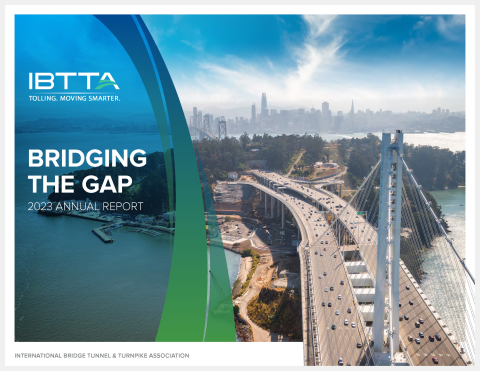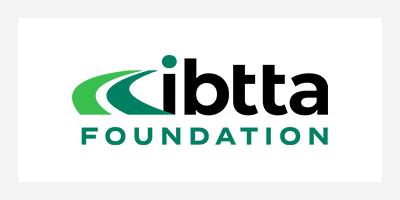Enabling Efficient and Sustainable Transportation
The tolling industry plays a pivotal role in developing and maintaining transportation infrastructure worldwide. By collecting user fees, tolling systems provide a reliable funding mechanism for constructing, operating, and improving roads, bridges, and tunnels. This approach ensures the longevity of critical infrastructure and promotes more efficient traffic management which aids in reducing congestion.
Modern tolling technologies, such as electronic toll collection and dynamic pricing, have revolutionized the industry, offering seamless, contactless transactions that enhance the driving experience for the toll-paying customer. As the global demand for smarter and more resilient infrastructure grows, the tolling industry continues to respond with technological advancements and innovations such as integrating with smart mobility solutions, sustainability/green tolling initiatives, and blockchain technology.
By the Numbers in the U.S
33 | U.S. states have at least one toll road, bridge, or tunnel |
359 | Toll facilities in the U.S. |
9.6+ billion | Number of tolled trips or transactions in Fiscal Year 2023 |
$22.8+ billion | U.S. toll revenue in Fiscal Year 2023 |
6,718 | Centerline miles of U.S. toll facilities |
By the Numbers in Europe
124 | Number of companies represented by ASECAP members |
80,891,308 | Number of electronic toll collection subscribers across the ASECAP member network) |
81,341 | Kilometres of network represented by ASECAP members |
11,143 | Number of (ETC) lanes or mixed lanes across the ASECAP member network |
By the Numbers Worldwide
1654+ | Tolling Facilities |
593+ | Tolling Operators |
6 | Continents with Tolling |
90 | Countries with Tolling |
Tolling Facts
What is Tolling?
Tolling is collecting fees from drivers for using specific roads, bridges, or tunnels. These fees help fund infrastructure maintenance, improvements, and future projects. Tolling can reduce traffic congestion, improve travel times, and ensure that those who use the infrastructure contribute to its upkeep.
Why do we need tolls to pay for roads and crossings?
No matter how you slice it, federal and state fuel taxes are insufficient to support America’s highway infrastructure. Tolls provide a valuable source of revenue both to build new roads and maintain existing roads.
How do tolls benefit the average American?
The primary benefits are better, safer roads; less congestion; more predictable trip times; and reduced need for taxes to pay for roads. Tolls provide money today for projects that can be built in the near future and meet demand for decades to come. If it were not for tolls, many of the best roads and bridges in the US might never have been built.
Isn’t a toll just another tax?
No, tolls are voluntary user fees. Drivers can choose to pay tolls or take alternate routes, whereas taxes are mandatory and charged to everyone. Yes, customers of toll facilities also pay taxes, but the taxes are used to fund non-toll roads. Since toll roads are primarily self-financed and do not rely on taxes, the customer is not paying twice for the facility. In fact, without tolls, taxes would be higher.
What about public opposition to the idea of new tolls?
Revenue-raising measures are never popular, especially in a time of economic stress. The federal fuel tax has not been raised since 1993. However, numerous toll facilities have been approved in the anti-tax environment of recent decades, and opinion polls consistently show that motorists prefer tolls over taxes and support the expansion of toll roads to improve driver options and travel times.1 In one poll, 84 percent of Americans said tolls should be considered as a primary source of transportation revenue or on a project-by-project basis.
Does tolling slow the flow of traffic?
Toll roads tend to be less congested than tax-funded roads, where unrestricted access often leads to congestion. Toll roads also lead to time savings and congestion relief on nearby roadways by increasing the total road capacity available. Moreover, with today’s technology, most toll operators are eliminating toll plazas and expanding their high-speed, automated tolling options. Most new facilities are being built as cashless systems, with no stopping or slowing down to pay a toll.





